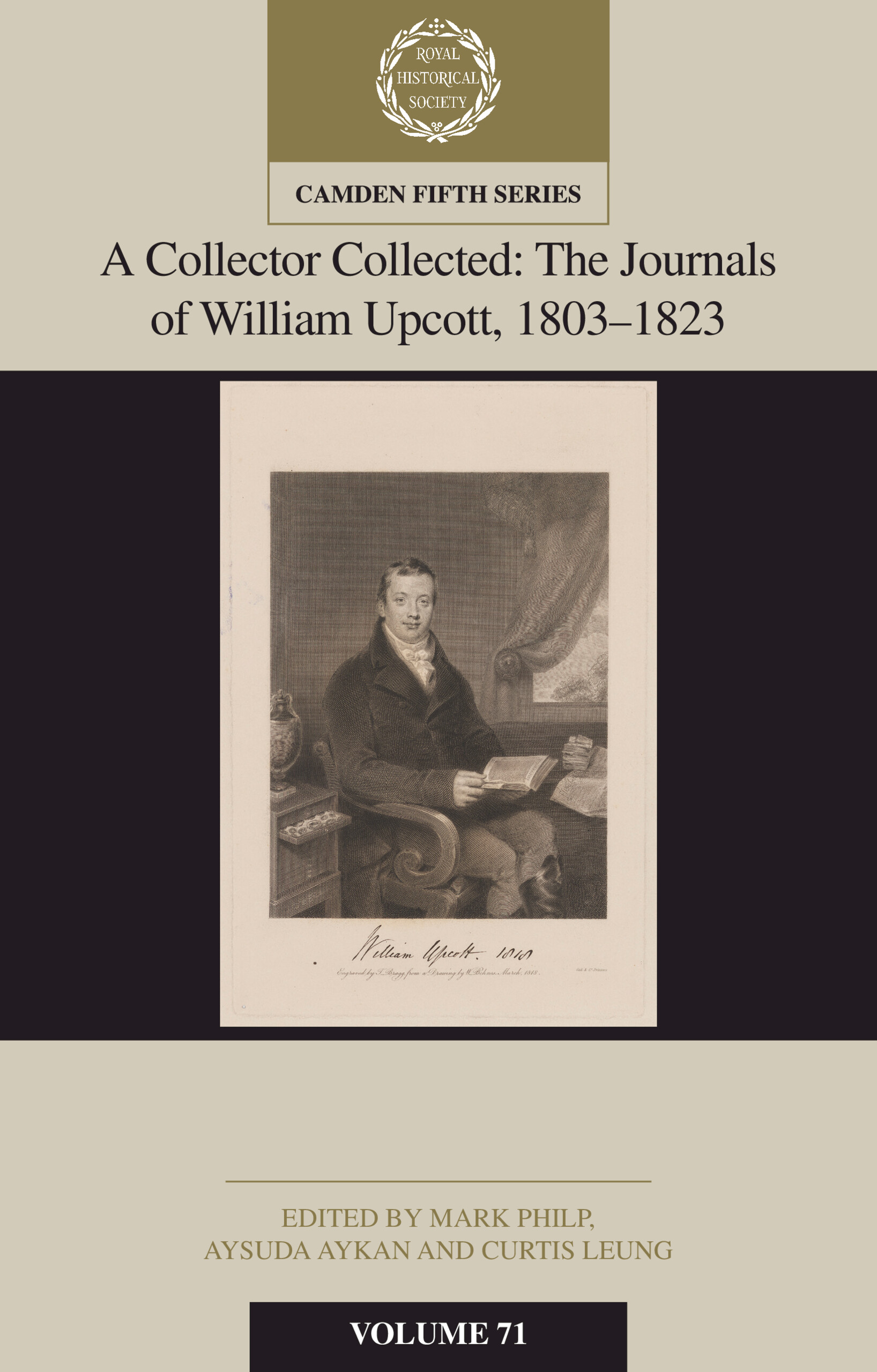H's reading has been retained except where obviously corrupt; scribal errors have been corrected and amended readings suggested where metrical irregularities occur. The scribe has not been consistent in his treatment of word divisions, which have been regularized on the basis of the form most commonly used: thus sique, sicomme, pour quoy, de rechief. Tres is usually written as an adverbial prefix, e.g. tresbien, tresbon, and has been treated thus here.
Punctuation, capitals, and accents have been supplied by the editor according to usual practice.Footnote 1 Diaeresis is extensively used to indicate where two contiguous vowels should be sounded separately. Historical notes are rendered as footnotes to the translation and indicated by numerical superscripts printed only in the translation. An asterisk in the French text indicates the presence of an endnote (pp. 347–366). Ez usually indicates stressed final e, however, the scribe of H occasionally uses ez for es in the final position when e is unstressed, e.g. moult de painez (l. 255), a merveillez ysnel (l. 346), and nous y fusmez (l. 405). V and j have been substituted for consonant u and i respectively. Forms of the type povez (l. 18), povoit (l. 31), were preferred to pouez, pouoit on the analogy of the rhymes at ll. 316–319, 1296–1299, and 1640–1642.
The spelling of variants is that of the first MS quoted. Purely orthographic variants have not been given; these include alternatives of the type fu/fut, archevesque/arcevesque, laissier/laisser. Among the variants are included underlined readings of H; these indicate that they have been written over an erasure. Words supplied by the editor are given in square brackets; round brackets are used for phrases filling up a line by supplying a rhyme.
In the interests of pleasing the eye, the editor has indented the short line of the quatrains. This has the added advantage of linking the short line more closely to the three following decasyllables, with which it rhymes.
The text in MSS HLBC is divided into chapters but the numbering has been provided by the editor, who has also written the rubrics at the head of each chapter. Further rubrics indicate the positions of the sixteen miniatures in the text. These are reproduced, for the first time in their entirety, in a section of colour plates towards the end of the work (infra, pp. 331–346) and are fully listed at the beginning, supra, pp. xiii–xiv).
Division into paragraphs in the translation, the prose section (Chapters 30–40), and in the two epistles have also been made by the editor. Italic passages in the Epistle to Philip the Bold, duke of Burgundy, indicate borrowings from Valerius Maximus, as translated by Simon de Hesdin.Footnote 2
Henry Bolingbroke, duke of Lancaster is always called Henry Lancaster by Creton, and that nomenclature has been adopted here. Edward, earl of Rutland, and sometime duke of Aumale, is referred to as the earl of Rutland. Welsh place names in the translation have been given their anglicized spelling, on the grounds that this is closer to Creton's French.


